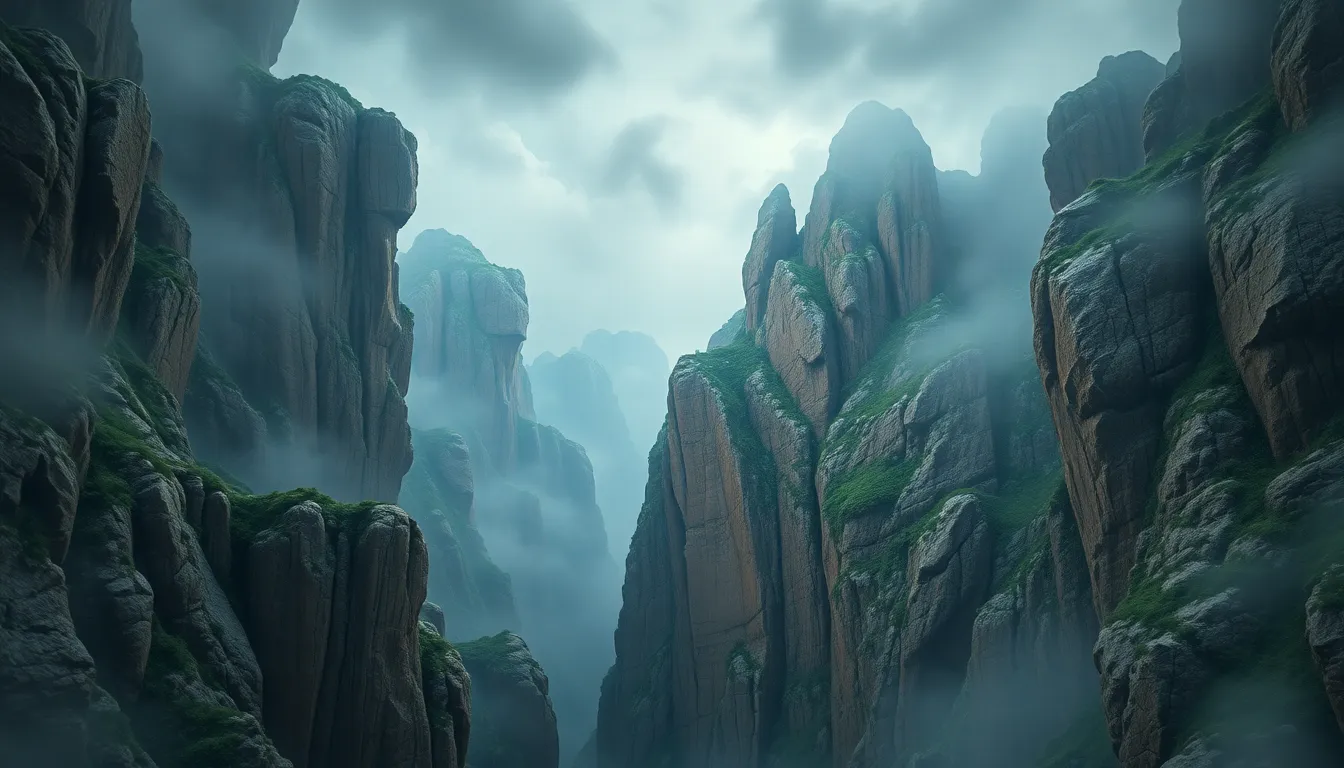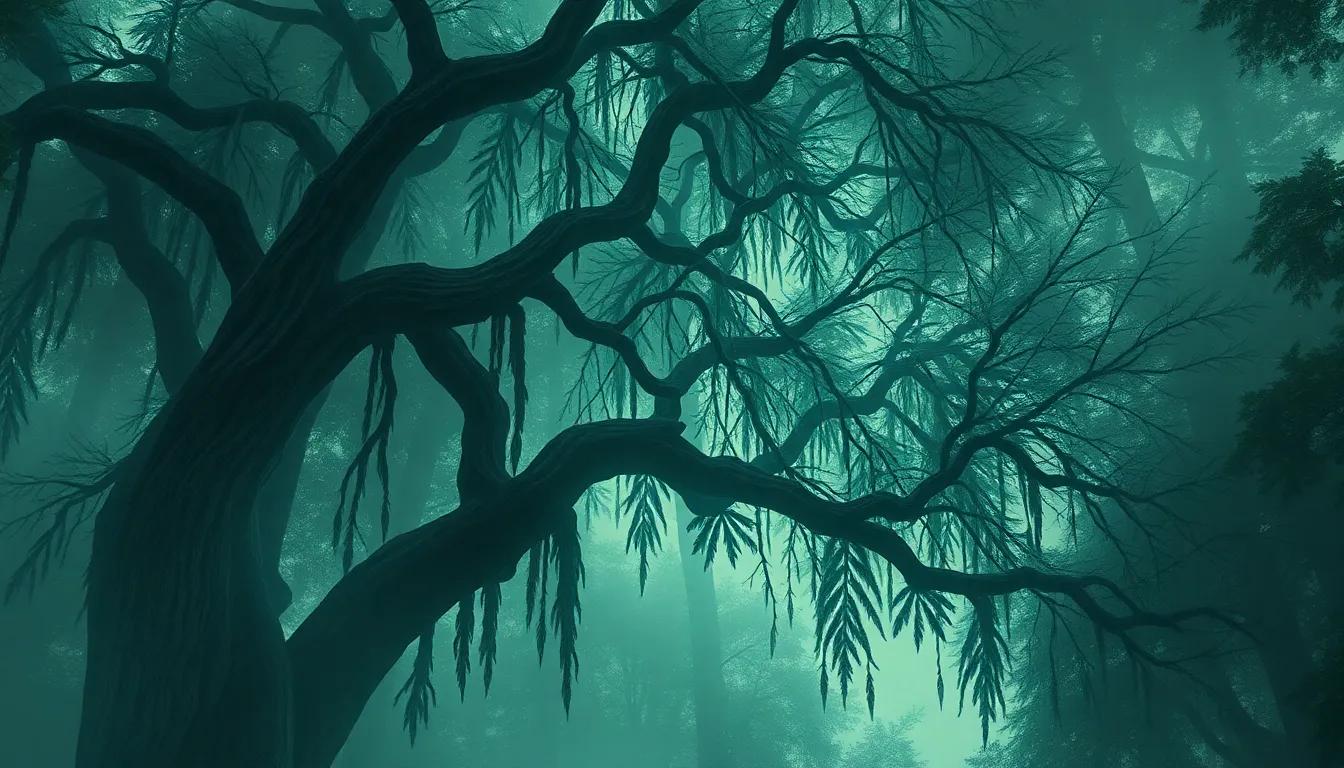The Mythical Cliffs: Legends of the Steepest Drops
Introduction to the Mythical Cliffs
The concept of mythical cliffs has fascinated humanity for centuries, weaving their way into the fabric of folklore and mythology across various cultures. These towering geological formations often symbolize both beauty and danger, serving as backdrops for tales of heroism, tragedy, and transformation. Cliffs are not just natural wonders; they are pivotal in storytelling, representing the struggles and triumphs of the human spirit.
In many cultures, cliffs are revered places where the earth meets the sky, often depicted as sacred sites in stories that convey moral lessons or explain the mysteries of existence. The allure of the steepest drops is matched only by the stories that arise from them, making cliffs a rich source of cultural significance.
Geological Wonders: The Science Behind Steep Cliffs
Steep cliffs are formed through various geological processes, primarily erosion and tectonic activity. Over millennia, the forces of nature sculpt the landscape, creating dramatic vertical faces that captivate the imagination.
- Erosion: Water, wind, and ice wear down rocks, gradually creating cliffs. Rivers carving through rock beds can lead to steep drops, while coastal erosion shapes cliffs along shorelines.
- Tectonic Activity: The movement of the Earth’s plates can create faults and uplift, resulting in steep cliffs. The collision of tectonic plates can force rock upwards, leading to the formation of impressive cliffs.
Notable examples of steep cliffs around the world include:
- El Capitan: Located in Yosemite National Park, California, this granite monolith rises over 3,000 feet, attracting climbers from all over the globe.
- The Cliffs of Moher: These iconic Irish cliffs rise 702 feet above the Atlantic Ocean and are steeped in legend and natural beauty.
- Table Mountain: A flat-topped mountain in South Africa with cliffs ranging up to 1,000 meters, offering breathtaking views and rich biodiversity.
Cultural Significance of Cliffs in Legends
Cliffs have held sacred significance in many cultures throughout history. They are often seen as thresholds to the divine or as homes for gods and spirits. In various societies, cliffs serve as sites for ancient rituals and spiritual practices.
- Native American Cultures: For some tribes, cliffs symbolize strength and resilience, often serving as locations for vision quests and ceremonies.
- Inca Civilization: The towering cliffs of Machu Picchu were revered by the Incas and served as a significant site for religious and agricultural activities.
- Celtic Mythology: In Ireland, cliffs are often associated with legendary figures and mythical creatures, reinforcing their importance in folklore.
Famous Myths and Legends Surrounding the Steepest Drops
Many famous cliffs are enveloped in myths and legends that enhance their allure. These stories often revolve around themes of heroism, tragedy, or transformation.
- El Capitan: Known for its sheer granite face, legends tell of climbers who have faced insurmountable challenges, with tales of both triumph and loss echoing through the valley.
- The Cliffs of Moher: Folklore speaks of the warrior queen Aoife, whose tragic leap off the cliffs symbolizes love and sacrifice.
- Château de Chillon: The legendary castle set against steep cliffs on Lake Geneva has inspired tales of imprisonment and escape, notably in Byron’s poetry.
The Role of Nature in Myth-Making
Natural landscapes, particularly cliffs, have always inspired storytelling and myth-making. The juxtaposition of nature’s beauty and danger creates a fertile ground for legends to flourish.
Cliffs embody the duality of existence: they can represent a formidable challenge or a breathtaking vista. The stories inspired by these formations often reflect human emotions and experiences, showcasing our relationship with the natural world.
Cliffs as Symbols in Literature and Art
Throughout history, cliffs have served as powerful metaphors in literature and art. They often symbolize obstacles to overcome or the edge of the known world.
- Literature: In works like Shakespeare’s “King Lear,” cliffs are used as symbols of despair and the precipice of madness.
- Art: Artists like Caspar David Friedrich captured the sublime beauty of cliffs, illustrating the tension between humanity and the vastness of nature.
Modern Interpretations and Retellings of Cliff Legends
In contemporary media, traditional cliff legends are reinterpreted in films, books, and games, breathing new life into ancient stories.
- Films: Movies often depict climbers facing mythical challenges on cliffs, blending adventure with legend.
- Literature: Modern novels retell ancient myths, integrating contemporary themes of resilience and environmental conservation.
These retellings significantly impact cultural perceptions, making ancient legends accessible to new generations.
The Adventure and Mystery of Climbing Mythical Cliffs
Climbing expeditions to legendary cliffs attract adventurers and thrill-seekers, drawn by the allure of conquering nature’s most formidable obstacles.
Climbers often share personal accounts of their experiences, recounting the challenges and triumphs of scaling these steep drops. The sense of adventure and connection to the stories that surround these cliffs adds a layer of significance to their climbs.
Conservation and Preservation of Legendary Cliffs
As cultural landmarks, it is crucial to protect the natural beauty of legendary cliffs. Conservation efforts are vital to preserving their ecological and cultural significance.
- Current Efforts: Many organizations work tirelessly to maintain the integrity of these sites, promoting sustainable tourism and protecting natural habitats.
- Challenges: Climate change, erosion, and human activity pose significant threats to these majestic formations, necessitating ongoing conservation efforts.
Conclusion: The Enduring Legacy of the Mythical Cliffs
The mythical cliffs continue to captivate our imagination, shaping stories and cultural narratives across generations. They embody the intersection of reality and myth, reminding us of the profound connection between humanity and the natural world.
As we reflect on the legends surrounding these steep drops, we recognize their enduring legacy in shaping our understanding of courage, beauty, and the mysteries of life.



